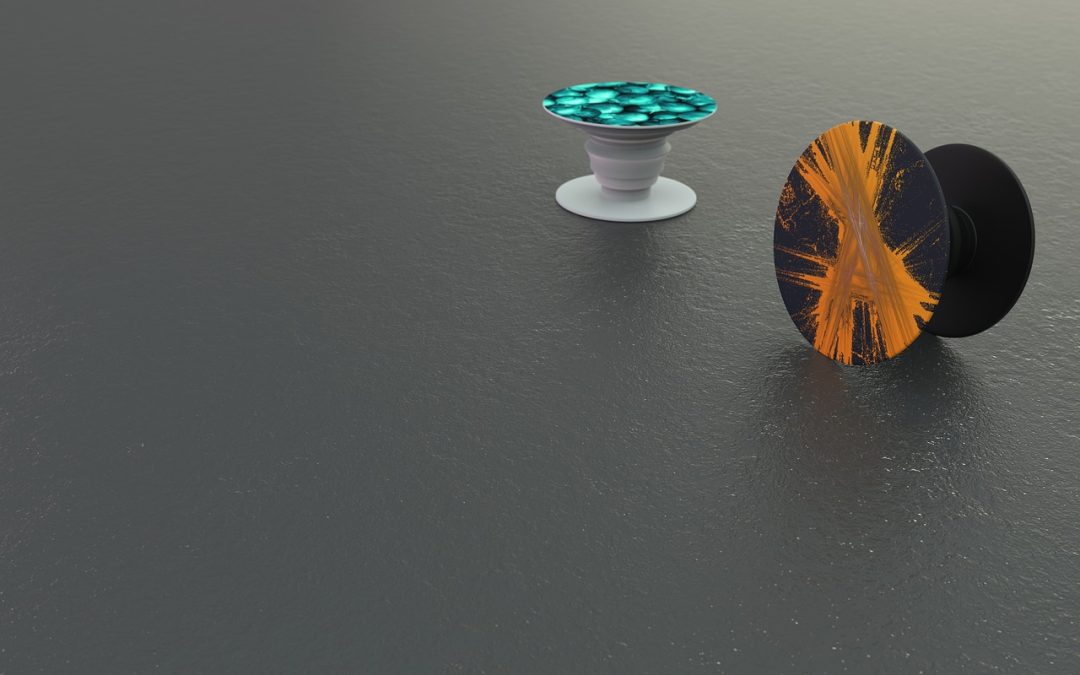
Exploring Future Trends in the Art Industry: Art Jakarta 2021
Art Jakarta 2021: Exploring Future Trends in the Art Industry
Introduction
Art Jakarta, one of the leading contemporary art fairs in Southeast Asia, is set to make a significant impact this year as it moves to a larger venue, JIEXPO Kemayoran, located in the heart of Jakarta, Indonesia. With a record-breaking number of 68 participating galleries, including 40 from Indonesia and 28 from overseas, the fair promises to showcase a diverse range of artwork and special projects. In this article, we will explore the potential future trends related to these themes and present our own unique predictions and recommendations for the art industry.
Trend 1: Emphasis on Local Art Scene
The significant representation of Indonesian galleries at Art Jakarta 2021 reflects the growing recognition of the local art scene. This trend is expected to continue, with the art industry focusing more on regional talent and narratives. As collectors and art enthusiasts recognize the importance of supporting local artists and institutions, there will be an increased demand for artwork that reflects the cultural heritage and experiences of the region.
Prediction: In the future, we can expect a rise in collaborations between international artists and local communities. These partnerships will not only contribute to the preservation of cultural heritage but also foster cross-cultural understanding and exchange.
Trend 2: Digital Transformation of Art
The COVID-19 pandemic has accelerated the digital transformation across various industries, including art. Virtual exhibitions, online art marketplaces, and digital platforms have become essential tools for artists, galleries, and collectors to connect and showcase artwork. With the success of online art fairs during the pandemic, such as Art Basel’s Online Viewing Rooms, the art world is embracing technology more than ever before.
Prediction: The integration of virtual reality (VR) and augmented reality (AR) will revolutionize the way we experience artwork. VR galleries will allow viewers to explore and interact with art in a virtual space, while AR installations will bring artworks to life through immersive experiences. Digital art collectibles, known as Non-Fungible Tokens (NFTs), will also gain prominence, providing artists with new revenue streams and collectors with unique digital assets.
Trend 3: Sustainability and Social Impact
As climate change and social issues continue to escalate globally, the art world is turning its attention to sustainability and social impact. Artists are increasingly using their creativity to address environmental concerns, social inequality, and humanitarian crises. Galleries and institutions are also adopting sustainable practices, such as recycling materials and reducing carbon footprints.
Prediction: In the coming years, we can expect a surge in eco-friendly art installations and exhibitions that raise awareness about environmental issues. Artworks made from recycled materials, organic pigments, and sustainable mediums will gain popularity. Furthermore, collaborations between artists and social organizations will create impactful projects that address social justice, human rights, and other pressing global concerns.
Recommendations for the Industry
- Invest in local talent: Galleries and collectors should explore and invest in emerging local artists who embody the cultural richness of the region.
- Embrace technology: Art institutions should leverage digital platforms and explore innovative ways to engage with audiences, both online and offline.
- Promote sustainability: Galleries and artists should prioritize sustainability by adopting eco-friendly practices and creating artwork that sparks conversations about environmental issues.
- Foster collaborations: Encourage collaborations between artists, cultural institutions, and social organizations to create art projects with a significant social impact.
In conclusion, the future of the art industry is poised to embrace the local art scene, digital transformation, and sustainability. Art Jakarta 2021 serves as a testament to these emerging trends, providing a platform for artists, galleries, and collectors to shape the future of art. By investing in local talent, embracing technology, promoting sustainability, and fostering collaborations, the industry can create a more vibrant and inclusive art ecosystem.
References:
- Art Jakarta website: https://artjakarta.com
- Art Basel Online Viewing Rooms: https://www.artbasel.com/online-viewing-rooms
- The Guardian article on sustainable art: https://www.theguardian.com/artanddesign/2021/mar/22/everyone-must-take-responsibility-jane-jacobs-on-50-years-of-environmental-art